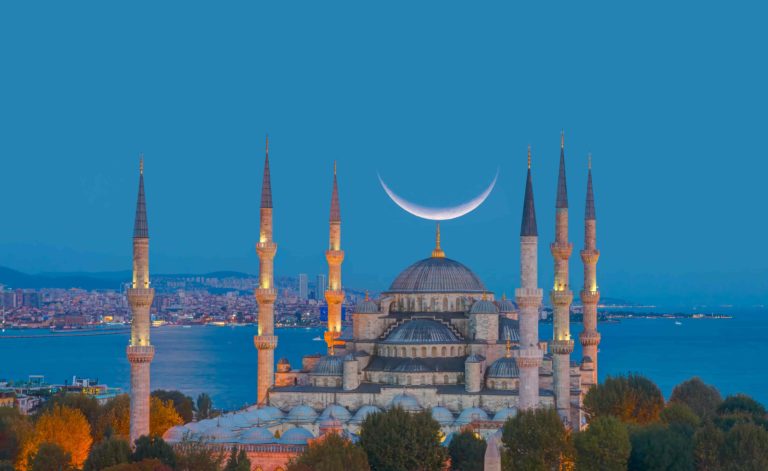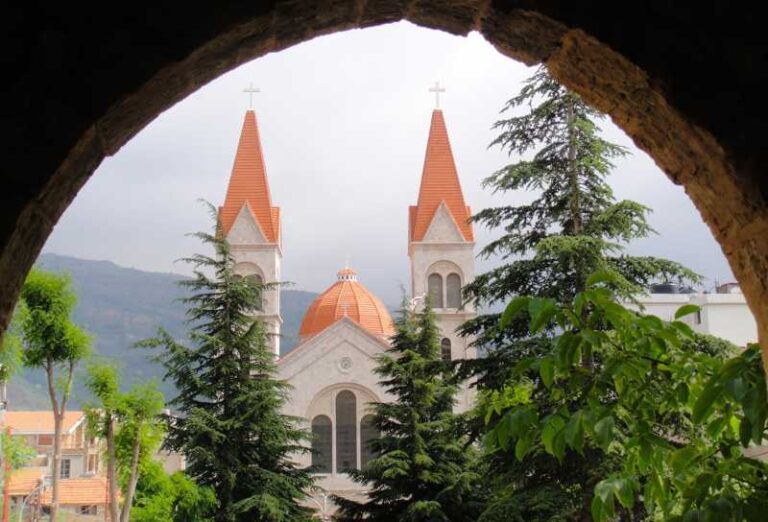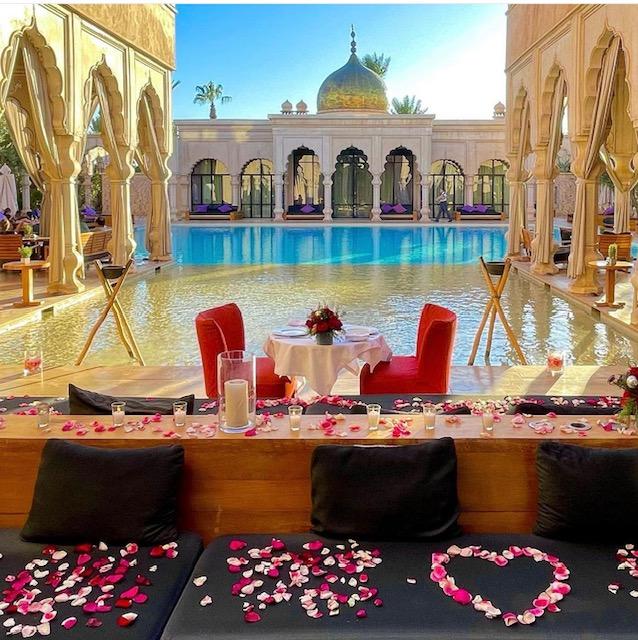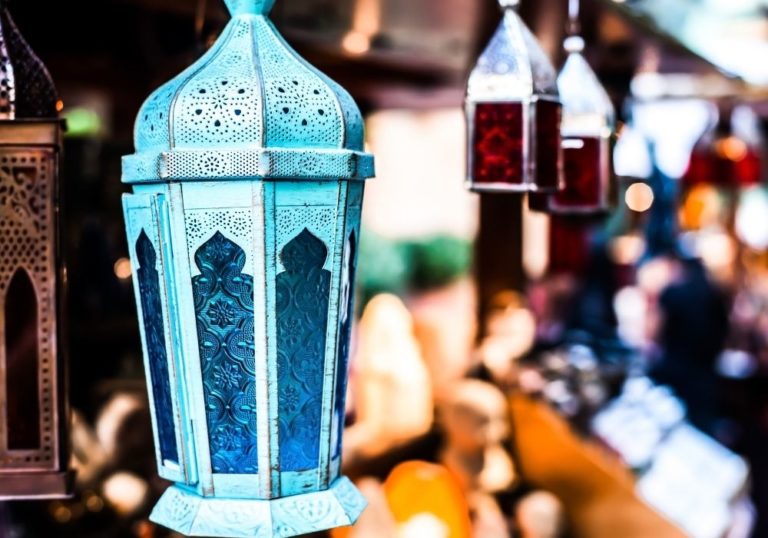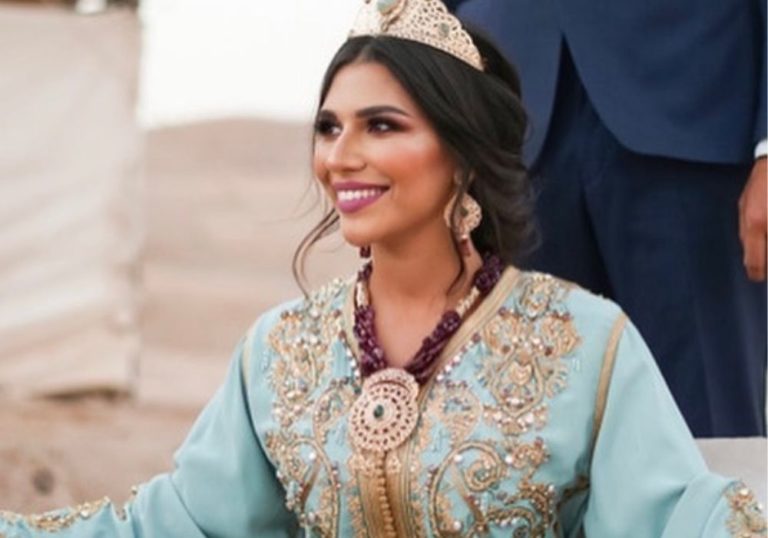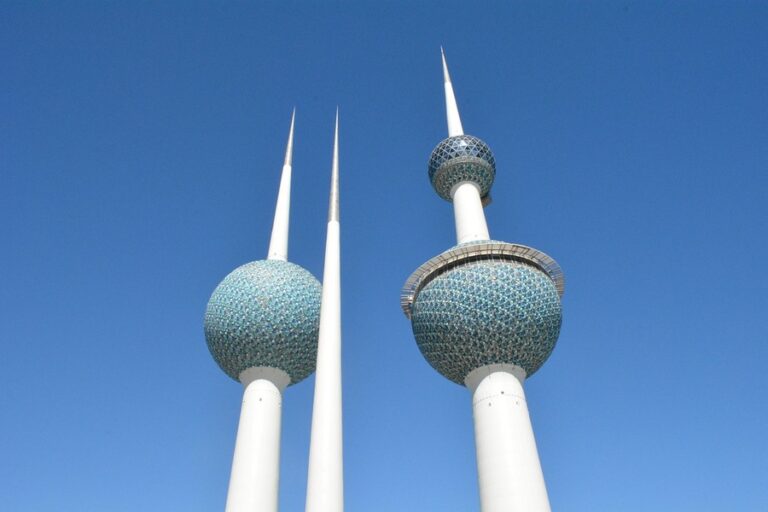Egyptian Wedding Traditions

Egypt, a culturally and traditionally rich region, has a history dating back to the time of Pharaohs.
Despite the influence of various civilizations, including Greek, Roman, Christian, and Islamic ones, the country’s ancient traditions have persisted and blended with modern trends.
From language and literature to art and festivals, Egypt’s vibrant culture is a testament to its diversity. Marriages, in particular, showcase the country’s rich customs that have matured over centuries.
While arranged marriages based solely on parental consent are now rare, they can still be found in some rural areas and traditional families.
Discover more about the intricate wedding rituals and festivities that make Egypt’s culture truly unique.
Table of Contents
The Wedding Approval of Families(Dua Al-Khair)
At the agreement of wedding terms between the two families, as per the Islamic ways, Al-Fatiah, the first Surah of the Islamic book Quran, is recited in the presence of the close relatives of the bride-to-be and groom-to-be.
Some families prefer conducting this event and the engagement ceremony on the same day, while others keep these separate events
In most Middle Eastern and Asian Islamic countries, engagement follows the Dua Al-Khair event.
Both the families and close relatives get together at the residence of either of the families or reserve a marque to celebrate the endorsement of a newly established relationship.
An all-out effort is made to make the place glow brightly with decorative lights and adorned with colorful flowers and garlands, showing the happiness and joy of the event.
Rings are exchanged between the bride and the groom, which traditionally are of gold, but relatively rich families also prefer diamonds.
The period between the engagement and the wedding enhances the affinity and bondage between the new couple.
Marriage Gift & Dowry (Shabka & Mahar)
Gold is the most favorite jewelry item globally for its glitter and beauty.
In an Egyptian wedding preparation, the groom is traditionally supposed to buy his wife-to-be an expensive set of gold or any expensive metal according to the affordability.
The tradition is called ‘SHABKA.’ During the same wedding phase, the groom-to-be has to pay a decided amount to the girl’s family.
This money is called ‘MAHAR.’ Deciding and paying the Mahar is more of a religious obligation than a tradition.
Laylatal Henna, The Henna Night (A Female Dominated Event)
Usually, a night or two before the main wedding day, the bride-to-be and her girlfriends get together at night for the most awaited wedding festival.
Henna is a traditional tattooing material that leaves attractive bright reddish color after it dries off on the human body.
Girls help each other by tattooing beautiful designs on their hands and arms. They dance together at their will and sing different henna songs to celebrate the night, like a bachelorette party.
Making high-pitched ululation sounds known as ‘zaghroodah’ is also traditionally very common at this night. All the activities of Henna Night undoubtedly make this night the best event of the whole wedding session.
Nikah or Katb el-Ketab
As an Islamic ritual, the under-marriage couple and two witnesses from each family sign a document. This is usually conducted at the mosque or home in the presence of some close relatives.
The Sheikh, who the government authorizes to do the paperwork for the marriage, is responsible for the complete procedure.
The Wedding Day Ceremony (Alfarah)
The day of Katb-el-Ketab may be the wedding day in some cases, is the biggest day in the life of the under-wedding couple.
A wedding hall or a marriage marquee is booked for the grand ceremony; however, some families prefer the house premises for the function.
The ‘ZAFFA‘ marriage procession reaches the wedding hall and is received by a human parade with joyous dancing and music.
The bride and the groom are made to sit in “KOSHA,” which consists of two comfortable seats in front of the guests. Just when the couple is seated, “SHERBET,” made of rose flavor and many fruit juices, is served to guests
Cutting of the Cake
The cake-cutting ceremony has become a universal tradition irrespective of region or religion. Egyptian Weddings also celebrate cake cutting with enthusiasm and joy.
The bride and groom cut the cake and present it to each other in front of the camera; later, every guest can eat their share. Typically, the tradition is a western following; however, it has become a very significant activity in the Egyptian Wedding over time.
Throwing of Flower Bouquet
All of the unmarried female friends and sisters of the bride stand together behind her as she throws a flower bouquet toward them while facing in the opposite direction at a little distance.
It is believed that the one who catches the flowers is usually the one who will be married very soon. This tradition is also Western but taken from the present Egyptian culture.
Miscellaneous Egyptian Wedding Traditions
Several small traditional acts have become distinct in some areas of the country and celebrated in others. Few of these are narrated here for the reader’s interest.
“Mahraganat,” the sounding of loud traditional music and performance by the belly dancers, is a controversial tradition yet celebrated by many families.
The music is so loud that you may not be able to sit near the audio output devices.
“Zaghrouta” is the traditional loud cheering by the women in a wedding ceremony. It is considered one way to express the happiness of the event.
“El-Afsh” is a diminishing tradition yet celebrated by some orthodox families in the country. The bride’s parents purchase new furniture for their daughter’s new home.
All the relatives and guests see the furniture and take it to the groom’s house along with the bride at the termination of the wedding.

